A water park is an amusement park with water slides, wave pools, lazy rivers, and other water recreation facilities that features water as its main feature. The rise of water recreation has greatly changed the shape of water recreation, and has become a new form of recreation in a rapidly expanding industry. At present, water parks are generally considered to be a form of theme parks or paradises, and are an important part of theme parks.
Since ancient times, water play activities by the national love, laying the foundation for the development of water parks.
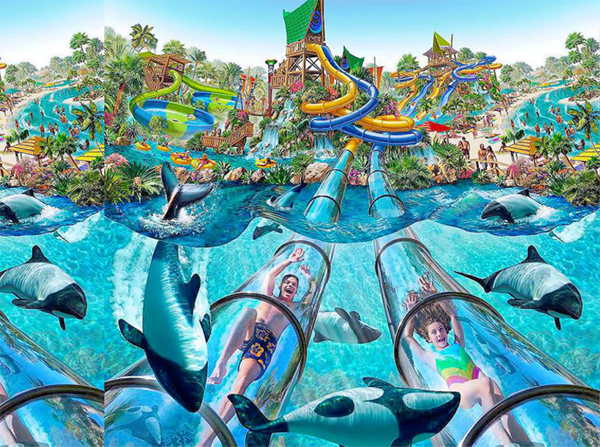
History of Waterpark
Short development time, rapid rise.
Swimming Pool Stage
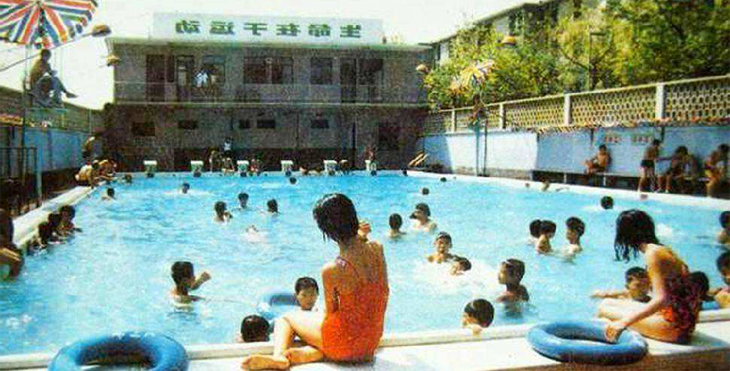
Before the mid-1980s
This stage is based on a standard swimming pool, with a small investment and some simple amusement equipment as an extension of the pool, such as a diving platform and simple water jets, which is the initial period of water play.
Aquatic Playground
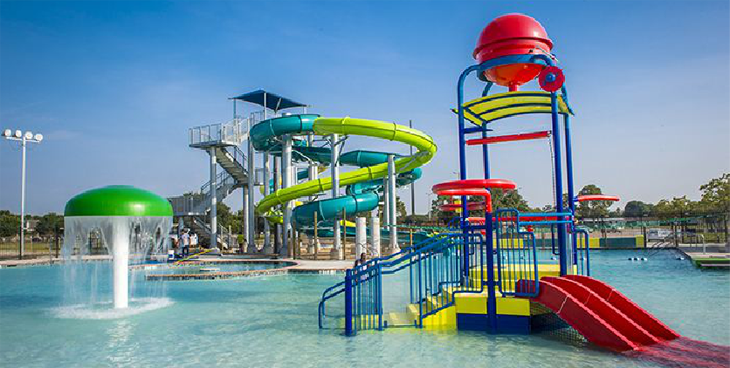
Mid-1980s to mid-1990s
During the partitioning stage, the area of the site is expanding and simple functional partitions are beginning to appear in the water park. In the children's area, water play and cartoon character-related sketches are added, and in the adult area, larger and more complex rides appear.
Waterpark
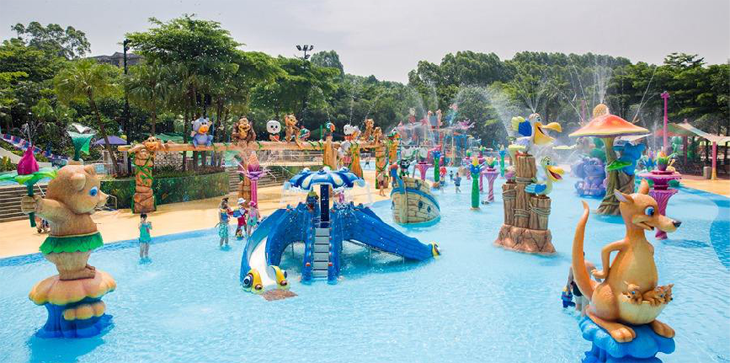
Mid 90's to 2005
Water play more humane stage. Water park project area significantly expanded, according to the design of customer groups more humane, functional; in addition to water park equipment area, there are more other functional areas: catering area, rest area, leisure and entertainment area and so on.
Comprehensive water park
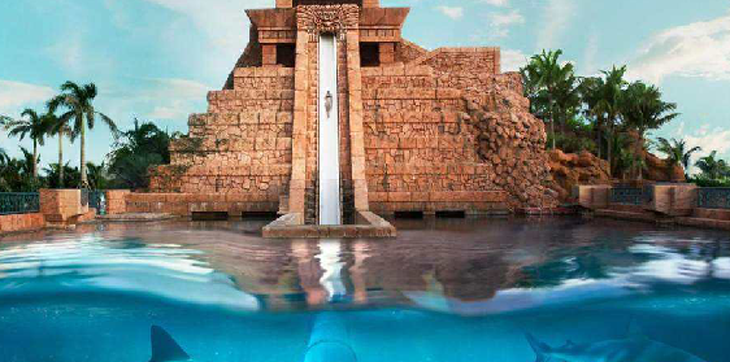 2005-present
2005-present
The sublimation of the cross-collision of elements from all over the world and local elements, with a stronger functional complexity, has a huge pulling effect on the surrounding environment and business. This stage of the water park is not only an entertainment space, but also a landscape and architectural art.
Water park development status
Rapid growth in construction scale and number, strong development momentum
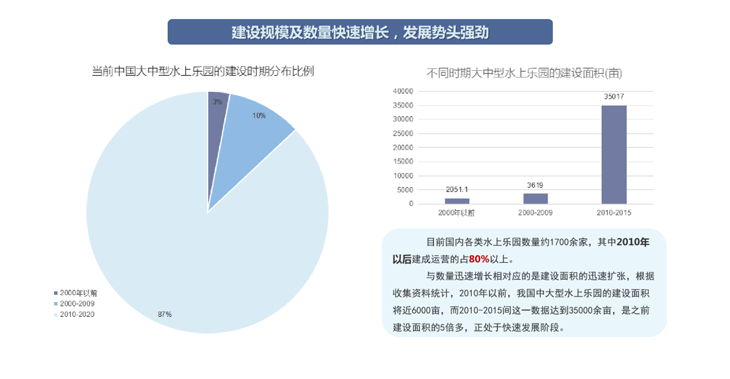
Rapid growth in construction scale and number, strong development momentum
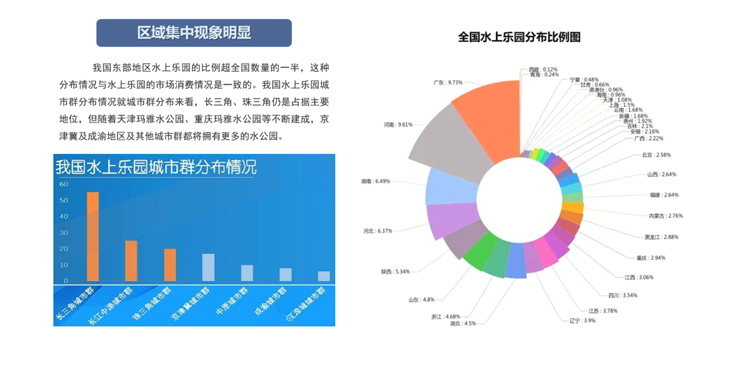
Annual visitor arrivals are among the highest in the world, and the industry has the potential to tap into them.
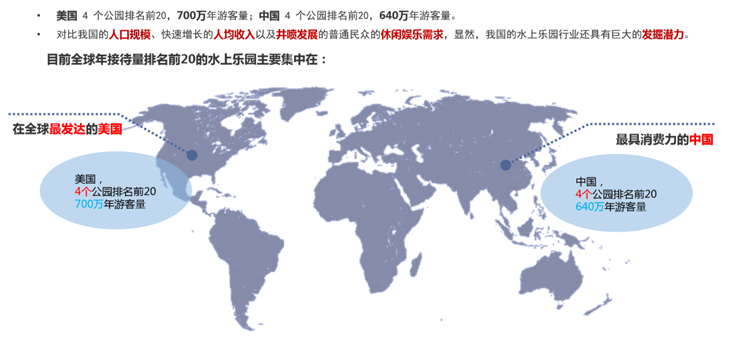
Overall trends are significant.
Since 2000, the theme park has evolved from a single independent attraction into a large-scale tourism complex and urban industrial clusters, greatly increasing its comprehensive attractiveness and competitiveness. In this context, large and medium-sized waterparks are often combined with theme parks, scenic spots, hot springs hotels, sports facilities, city complexes, etc. to form integrated tourist destinations that combine water entertainment, cultural industries, creative industries and tourism and vacation.
Water park development process
1. investment planning.
Study the tourism market, socio-economic, competitors and other conditions of the project site, determine the market positioning of the project, determine the reasonable investment amount of the project and the investment ratio of each functional module.
2. brand planning.
Determine the project brand strategy and competitive marketing strategy based on investment planning ideas, market positioning and attractiveness. From the perspective of target consumer groups and future marketing of the project, create entertainment ideas, plan the project's highlights and selling points, and create differentiation.
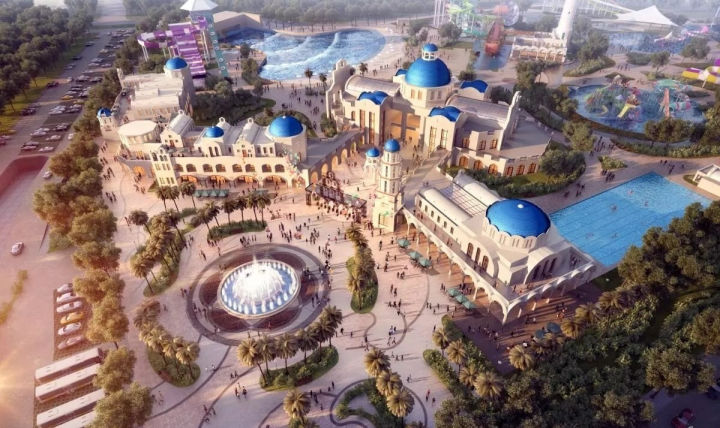
3. design planning.
Transition to design and implementation according to the ideas of investment planning and brand planning, around the characteristics and differentiation of the project, the overall organization and deepening of the design content. Determine the construction content and functional zoning, select the architectural style, cultural themes, water park equipment and analyze the feasibility of the subsequent design to provide technical control or guidance on the technical specifications requirements.
4, master planning design.
Through the master plan design, we express the project construction content and layout, determine the spatial location of each functional area of the project and its connection with the outside, propose the main landmark building modeling scheme and important node landscape scheme, point out the key design points, and reasonably place the water park equipment
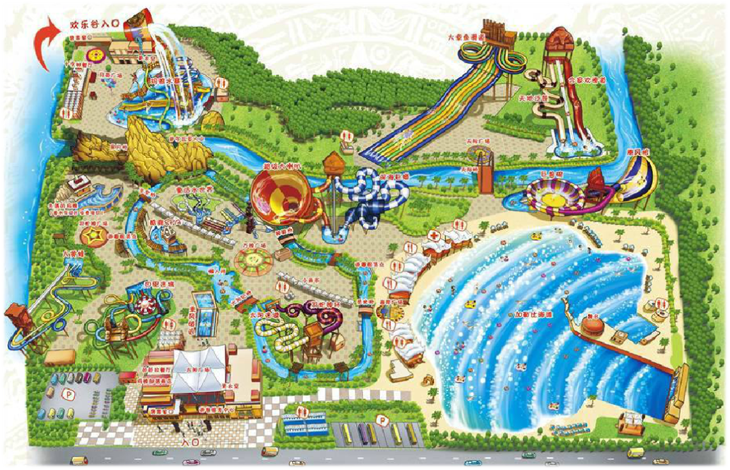
5. initial expansion design.
Deepen the specific design of the subdivision in accordance with the master plan design drawings, refine the key elements of the recreation ideas and core engineering, and determine the technical solutions and key parameters.
6. construction drawing design.
Prepare detailed general drawings, as well as sub-specialty details and construction estimates, expressing the technical requirements for specific dimensions, materials, practices, etc. for each detail.
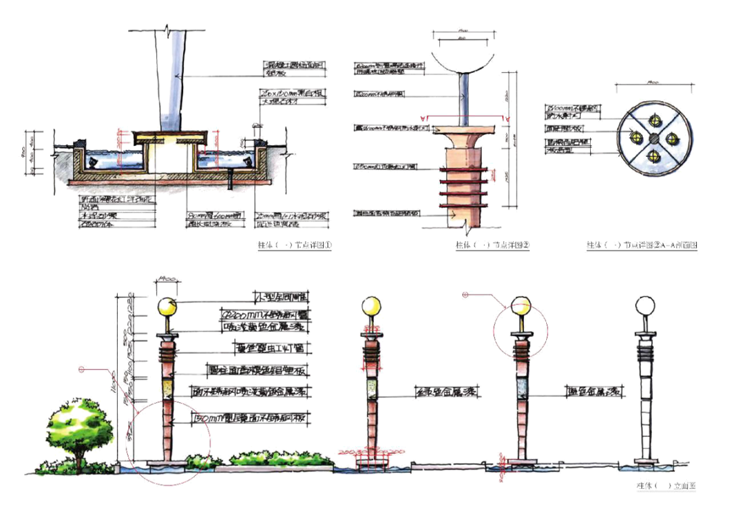
7. business preparation.
Because the business cycle is short, water parks have the characteristics of rigid consumption, short-range consumption, instant consumption, and casual visitors, etc. A good large-scale event will undoubtedly provide a boost to business efficiency and explode the passenger flow. For example, Changlong's Bikini Competition and Maya's Electric Music Festival have become brand activities and are popular among the people. In the creative process of event planning, it can be based on the current popular entertainment or entertainment projects; popular entertainment, sports, net stars; current hot events or holiday opportunities (such as the World Cup, Dragon Boat Festival, Tanabata Festival).
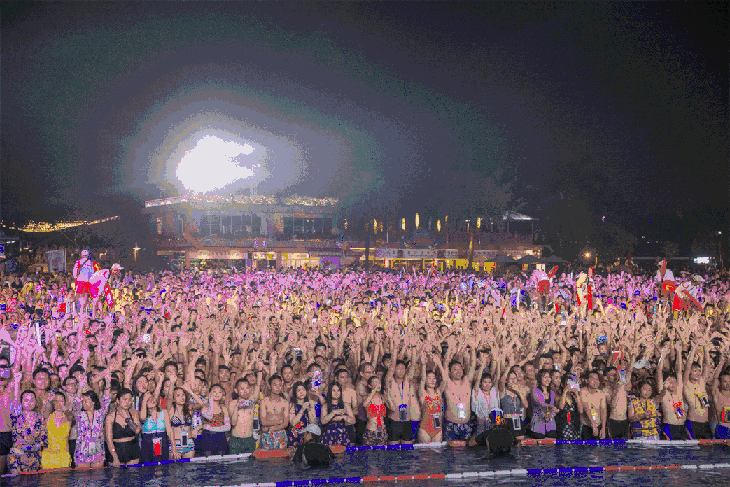
Design Elements of a Waterpark
First, precise positioning, reasonable layout
Target Market
The population base represents the target market and is an important reference for future revenue projections. Generally speaking, the target population of the park should be within a 1.5 hour driving radius.
Park Site Selection
The location of a water park is closely related to traffic and weather conditions. The accessibility of the water park to visitors - including driving routes, urban public transportation (bus, subway, etc.), and intercity transportation - will affect the number of people visiting the water park. Meteorological conditions determine how long a water park will operate, whether it will be open at night, whether it should be built outdoors or indoors, or both.
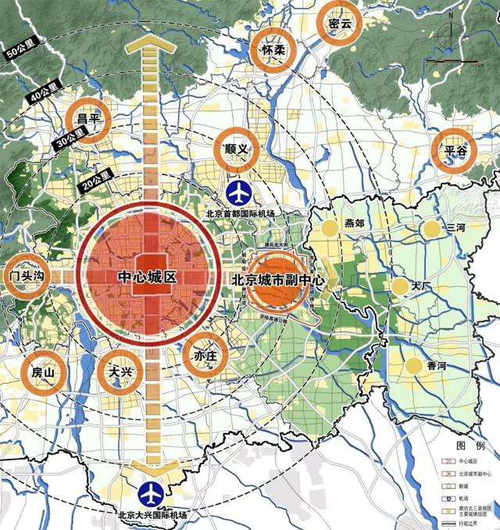
Visitors targeting
With the explosion of the family play market, the family tourists as the main market in recent years to gain good revenue, when planning and designing water parks for customers, will avoid piling up too many thrilling equipment, and in the theme style more lively and cute style, to create a strong affinity, to bring warm feelings of the water park visitors.
Thematic Orientation
Designers need to consider elements such as thematic positioning, thematic zoning (story line), thematic environment (architectural style, theme color, theme elements), ride theming, etc. Whether it is story line or thematic design, it requires accurate positioning and reasonable layout at the beginning of planning and design. Whether story line or theme design, it is necessary to have accurate positioning and reasonable layout at the beginning of planning and design. The entire planning and design process. Safety, zoning, and situational factors must be addressed and precisely located in the planning and design phase.
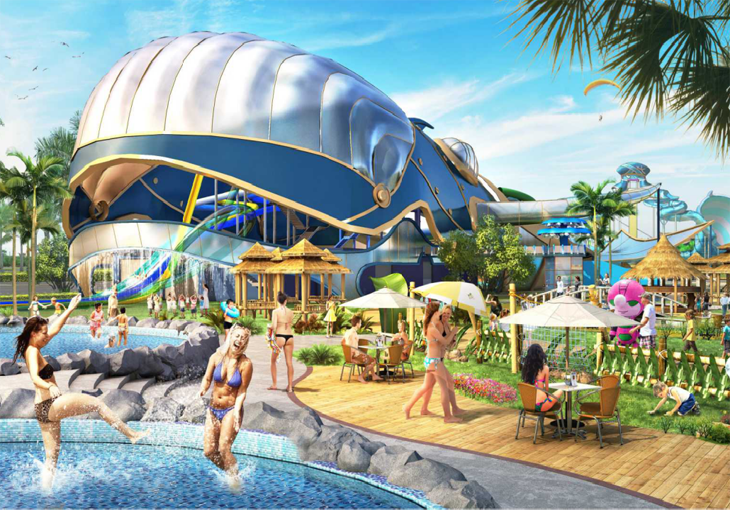
Differentiated Design
IP Design
In order for water parks to differentiate themselves from the rest of the market and develop sustainably, it is important to have IPs that visitors can enjoy and accept, as well as to develop potential customers. This "IP wind" first achieved excellent results in the film and cultural industry, and then naturally introduced into the theme park field. Waterparks have abandoned the traditional "pure fun" style of building up equipment, and are gradually moving towards a more thematic style, with a well-developed and interesting story line, which makes the whole process of visiting the park like "watching a movie" and leaves a deep impression on the visitors.
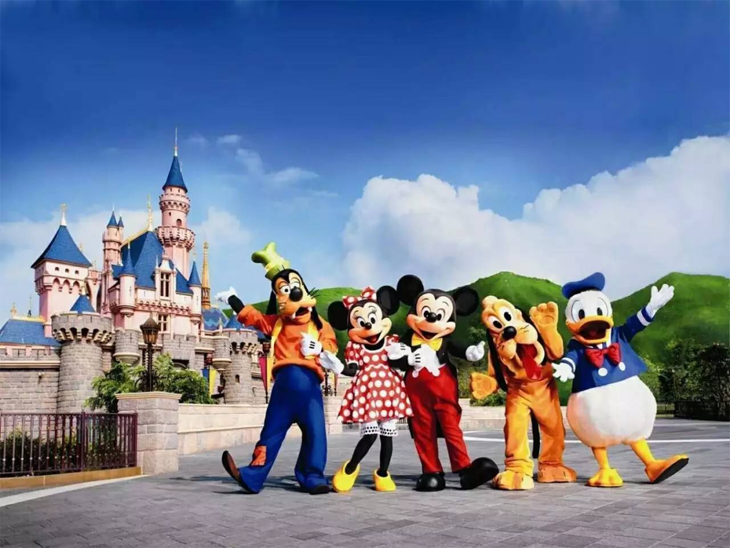
C. Integrated Design
"Theme park planning has been moving towards the direction of integrated design. The overall design is a complete process, from the overall planning and layout, to the design of the architectural form, the development of the theme IP, the integrated design of landscape architecture, the introduction of interpretation show ...... more and more rich elements for the planning and design of theme water parks put forward a new requirement."
Integration of planning and planning + integration of program deepening
Planning Phase.
Project site selection, crowd positioning, planning and layout, and product differentiation should be considered in an integrated manner. It should choose a place with convenient transportation and beautiful environment to attract visitors; combine with IP system to build and enhance market adhesion and stimulate secondary consumption; reasonably plan the site to maximize the reception; increase product differentiation and improve product market competitiveness.
The theme is the soul of the park, after setting a theme, the park will be divided and not scattered; each part of the environment around the theme to create a story line, the results of various facilities will be more interesting; theme can clarify the architectural and equipment packaging style, strengthen indoor and outdoor links, rich landscape and plant configuration, so that the park style is more coordinated, highlighting the characteristics of the park; theme can deepen and strengthen visitors' awareness of the park, and enhance the immersion experience.
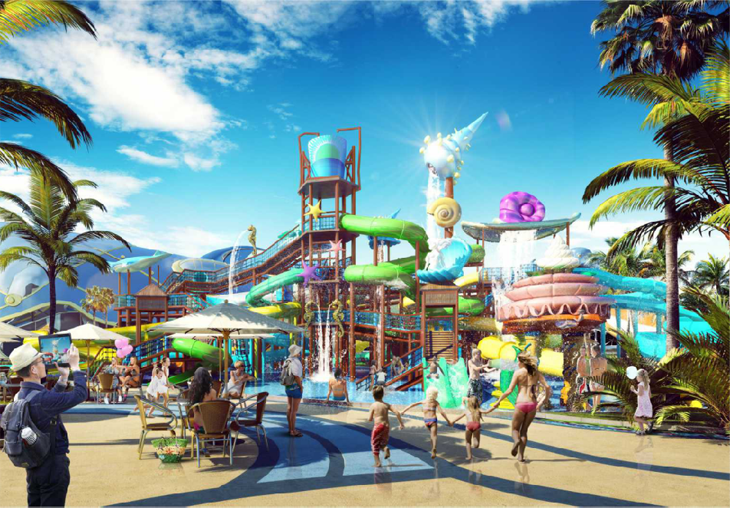
IV. Enhancing Interactivity
Water parks should also consider incorporating more technological elements in the planning and design phase, so that themes and visitors can interact with each other, especially at night venues where entertainment and spectatorship are the main activities, and special attention should be paid to enhancing interactivity - "Interactive night venues may be the most interesting direction for the water park industry in the future. one."
After the early days of water parks that focused on the ride experience, visitors' demands and expectations for the new generation of water parks have increased. Creativity in theme and culture, as well as the incorporation of IP-driven themes and stories, has become increasingly important, and purely building up the water rides no longer satisfies visitors' experience. The only way for the old water parks is to keep improving and innovating.

Waterpark Design Principles
Planning aspects.
1. The facility area (including waiting area) and recreation area should be separated, and the planning ratio should be appropriate.
2. The wave pool needs to be laid out in the center of the water park (according to the actual plot).
3. The children's pool should be set up with enough leisure space for the elderly and women who are inconvenient to enter the water.
4. Large and tall equipment should be set deep in the park to attract visitors.
5, in the park periphery should be set up in the ornamental effect of the equipment, can attract visitors outside the park.
6、The water treatment equipment room should be considered for concealed treatment.
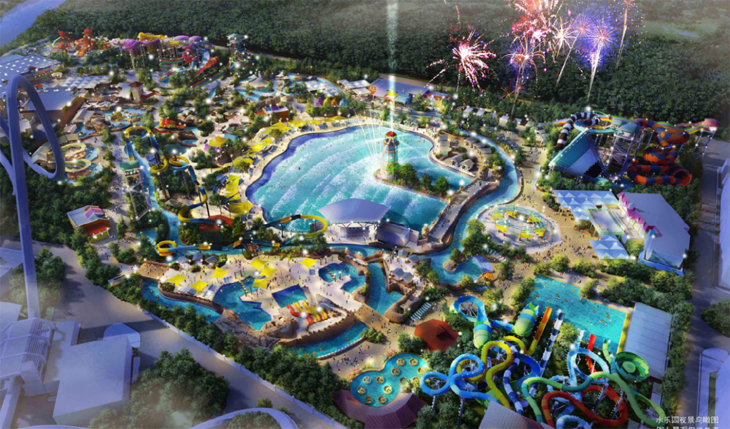
Landscaping.
1, set the scenic high point, commanding the whole park, and at the same time allow visitors to experience the fun of ascending, panoramic view of the scenery.
2, the rafting river is an indispensable element of the water park, in the design should pay attention to the atmosphere to create, water quality must be clear, the river set up a roundabout and reasonable, the use of wave equipment, but also pay attention to control the speed of the water, rafting river on both sides of the set up of interactive water gun water cannon and other facilities.
3. Use thornless, non-toxic, non-deciduous plants and reduce the permeability of plants when deploying plants.
4. Equip with the appropriate number of water mist and shading facilities.
5. Disinfection and foot washing facilities should be provided before entering the garden and pond.
6. Set up temporary storage facilities reasonably.。
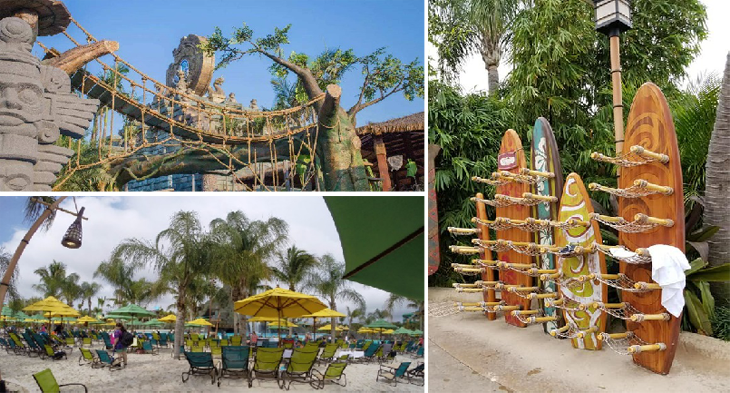
Architecture.
1. The architectural design is large and needs to take into account the theme style.
2. The service buildings for sales and restaurants need more space for display and shading facilities.
3. The bathroom needs to consider the needs of the disabled and pregnant women and add a third bathroom.
Safety and Services.
1, July and mid-August is the peak period for tourists, it is very easy to have accidents, therefore, rescue access is an important factor to consider when designing a water park, in a certain range of need to add a medical room and emergency defibrillator.
2. Shower stalls can be open to the public, so there is no need for doors or curtains to save space and resources during peak periods.
3, food purchase points can be set up a few more, a wide range of distribution, easy for visitors to buy, but also take into account the management issues, do not pollute the water bodies.
Related Design Requirements
The pool design shall comply with the following.
1, should be waterproof design, at the same time take technical measures to avoid sinking pools, water leakage, cracking and other issues.
2, the pool body should be set up to climb the ladder, climbing ladder interval should not be greater than 15.0m.
3, the pool wall should be set clearly visible signs of water depth.
4, wave pool walls should take anti-collision measures.
5, the pool wall 1.20m below the water surface should be set up long resting platform, the width should not be less than 0.15m.
6, the pool wall should be set overflow tank, the tank should be set on the overflow grate; overflow tank as an overflow back to the water, should not be discharged into the pool bank of dirty water.
7, every 100 square meters of water surface area should be set up a lifeguard safety observation platform, safety observation platform from the pool shore floor height should not be less than 1.20m. Safety observation platform should be able to observe the entire recreation area.
8, the pool should be set up emergency drainage facilities. And drainage outlets should be taken to prevent children from inhaling the measures.
9, along the pool should be set to prevent the surrounding rain, sewage and other flows into the pool in the form of structures.
10, the width of the pool should not be less than 7.0m, the pool bank and the body of the intersection of the sun angle should be made rounded.
11, the ground surface of the pool shore materials should be non-slip and easy to clean, should be set drainage slope.
The number of personnel in the water park should be calculated in the following manner.
1, play pool area at the same time the maximum number of personnel according to 0.5 people /㎡calculation.
2、The number of people in the carrier area should be calculated according to the passenger capacity of the equipment.

The auxiliary rooms and facilities of the water park shall comply with the current national standard "Theme Park Engineering and Technology Standards" and shall meet the following requirements.
1. The number of changing, shower and toilet fixtures, etc. shall be determined according to the number of people who shall be in accordance with the rated capacity of the play pool.
2. Before entering the water recreation area, it should be forced to pass the shower and disinfected foot bath and other sanitary facilities. The width of the disinfection foot bath should be the same width as the channel leading to the pool, and the length of the disinfection foot bath should not be less than 2.0m, and the depth should not be less than 0.20m.
3, walkways, locker rooms, bathrooms and toilets and other wet spaces on the ground should be taken non-slip measures.
4, technical equipment rooms should include water treatment rooms, water quality testing rooms, pump rooms, power distribution rooms and other relevant rooms and warehouses.
5、The use of liquid chlorine and other chemicals for water treatment should have a separate chlorination room and chemical storage room.
6. The chlorination room and chemical storage room should take technical measures such as fire prevention, explosion-proof and ventilation.
Classification of water rides and considerations.
1, the distance between water amusement facilities and adjacent amusement facilities should be not less than 0.6m.
2, wave pool play area of the water depth should be no greater than 1.8m, the bottom of the pool should be appropriate for the form of slope and slope should not be greater than 8%.
3, water slide splash zone water depth should be 0.8m ~ 0.9m; child slide splash zone water depth should be 0.3m ~ 0.6m.
4, special form slide splash zone water depth is appropriate for 0.9m ~ 4m.
5, the drifting river depth should not be greater than 1.2m.
6, toddler pool depth should be no greater than 0.3m, children's pool depth should be no greater than 0.6m.
7, drifting river (such as the river, rapids, tidal river, giant flood gorge, etc.) the average speed of the surface should be less than 2m / s, the width should not be less than 2.5m, pushing the flow, wave devices and ancillary facilities should not hurt the tourists.
8, the wave height of the pool should be no greater than 1.2m, the wave height of the big wave should be no greater than 3.0m.
9, the water circulation system should be set back at least two sets of at least two independent, fixed, non-specialists can not move the safety grille, grille gap should be less than 8mm, grille flow rate should be no more than 0.2m / s, and should be set to avoid tourists in the water activities. If it can not be avoided and set up in the visitors can reach the pool wall, the safety grille should be set into the shape of the ball crown, and the safety grille above the water line should be set above the location of safety warning signs.
10, various types of play pools should be set up separately, if the water should be set up when the isolation device is connected.
Related Equipment
I. Comprehensive interactive equipment
According to the different project scale, you can choose different areas, sizes and types of equipment, the current market development of interactive equipment are water block class (large and medium-sized interactive water block, children's ocean water house) and family combination of slides, children's water slides and so on. It is made up of two parts: adult area and family area, which combines a variety of interactive toys, tipping buckets, water slides of various sizes, diverse fountains, and thematic packaging into one. A set of equipment has diversified, large capacity, prominent theme, immersion, adapt to a wide range of people, both thrilling adult area, and family entertainment area, is in addition to the wave pool, the most popular among the majority of visitors to the equipment area and favorite.
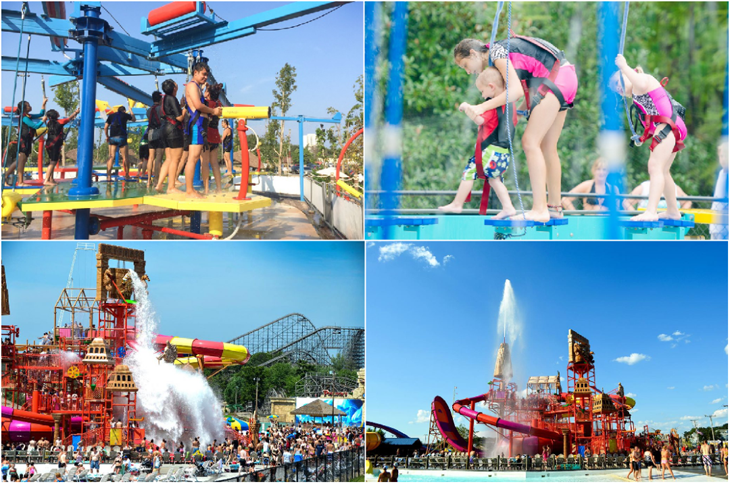
II. High-tech water equipment
Sliding down a waterslide is already a very exciting experience, and now some companies are starting to take that thrill up a notch with VR technology! Instead of producing an entirely new slide, the computer and sensory elements are integrated into the existing slide, and then the guests are given an immersive experience through the VR headset.
III. Thematic Diving Pools
The traditional indoor diving pool is moved outdoors, divided into shallow water, mid-diving area and deep and shallow area, led by the instructor for diving training and play, combined with the deep sea, caves and other unique theme packaging, to give visitors a unique tour experience, can also be combined with restaurants or other slide equipment for integrated design, and increase the novelty of the equipment and improve the visitor experience.
In the off-season, the diving pool can also be opened separately for underwater weddings, underwater shows, diving education and other activities, which not only increases the popularity of the park and becomes a popular punch card point, but also increases secondary spending.
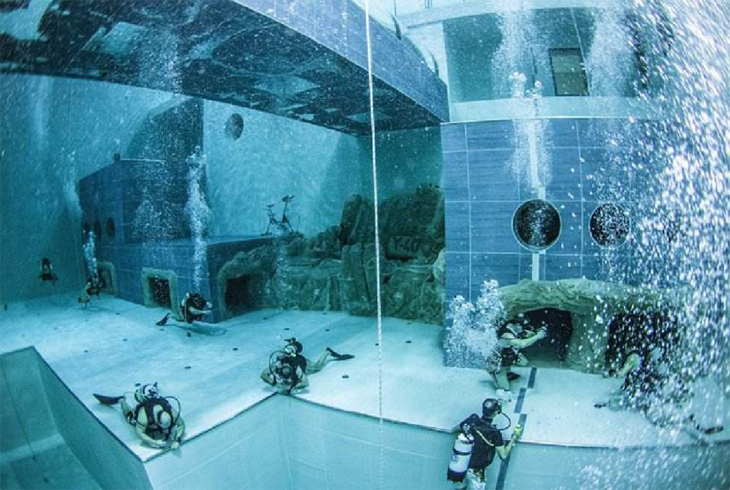
IV. Water Park + Spa
Features: Introduce the most popular water rides in summer to the hot spring tourist area to make up for the single product and lack of fun in the off-season, which has an outstanding effect on improving the overall operation of the hot spring area and increasing the profit rate. The main water play activities: hot spring wave pool, hot spring rafting, hot spring swimming pool, water slides and a series of fashionable, dynamic, exciting water play activities.
Development Note: This model has proven to be one of the most successful development models, but the key lies in the dynamic and continuous innovation of water play activities, which puts forward higher requirements on the scale of investment in water play, tourism project planning and equipment renewal for hot spring tourism sites.
By ricky@daxinaquapark.com